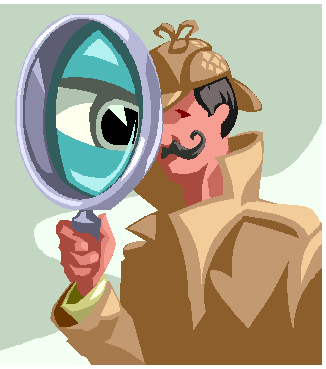

What’s wrong with this training?
Most of us managers train……along with the other 100 things we have to do each day. Too often, we tend to ‘grab and go’……our training is not too well thought out–with good reason!
In my Instructor Development Workshop (live) and my online distance learning version of the course, Train the Trainer, I show attendees how to deliver their courses without droning through them. [ctt template=”3″ link=”fldzx” via=”yes” ]One of these methods instructors can use to keep audience attention, get great participation, and check learning, is called[/ctt]
case study
In case study, we create a situation that reflects real life. This case study can be rather long and complex. We use it to help students grapple with the ‘gray areas’ –just like we have to do in real life.
What is a ‘case study’?
First, it isn’t what the attorneys tell us. It’s not a case that you, the instructor, talk through and give the answers. Instead, it’s a written situation that asks the students to come to several conclusions.
When is the case study used? It’s used toward the end of your course or module.
What is the case study for? To test the students’ judgment, understanding, and application of what you’ve taught.
Who can (and should) use the delivery method (teaching method) of case study? Anyone who wants to ‘test’ students’ understanding, judgment, and ability to draw conclusions from the course. It’s great for mortgage lenders, title and escrow, attorneys, and home inspectors to use. in my classes, I ask students to create an appropraite case study for their course.
What does a case study accomplish? It throws the accountability to the student. It lets the students interact, to team build, and to learn from each other. It shows you, the instructor, how well you’ve taught and what you need to review.
Here’s that case study for you. Take a look at the case study I use in my train the trainer courses to see how well students have internalized the concepts taught in my classes. I assign the case study at the end of one class, and we debrief in small groups and then generalize in the large group. (And it helps attendees see an example of a case study and how it is used–so they can create their own case studies easily and quickly).
How did you do? Could you name 10 things ‘Sally’ did wrong?
Grab Great Teaching Methods
 Get some new training strategies and step your training up to the next level. See my online program, Train the Trainer, in new course software. It’s fun to do and you learn great methods (plus I give you 8 ready-to-use teaching strategies).
Get some new training strategies and step your training up to the next level. See my online program, Train the Trainer, in new course software. It’s fun to do and you learn great methods (plus I give you 8 ready-to-use teaching strategies).
Take a Sneak Preview here.
